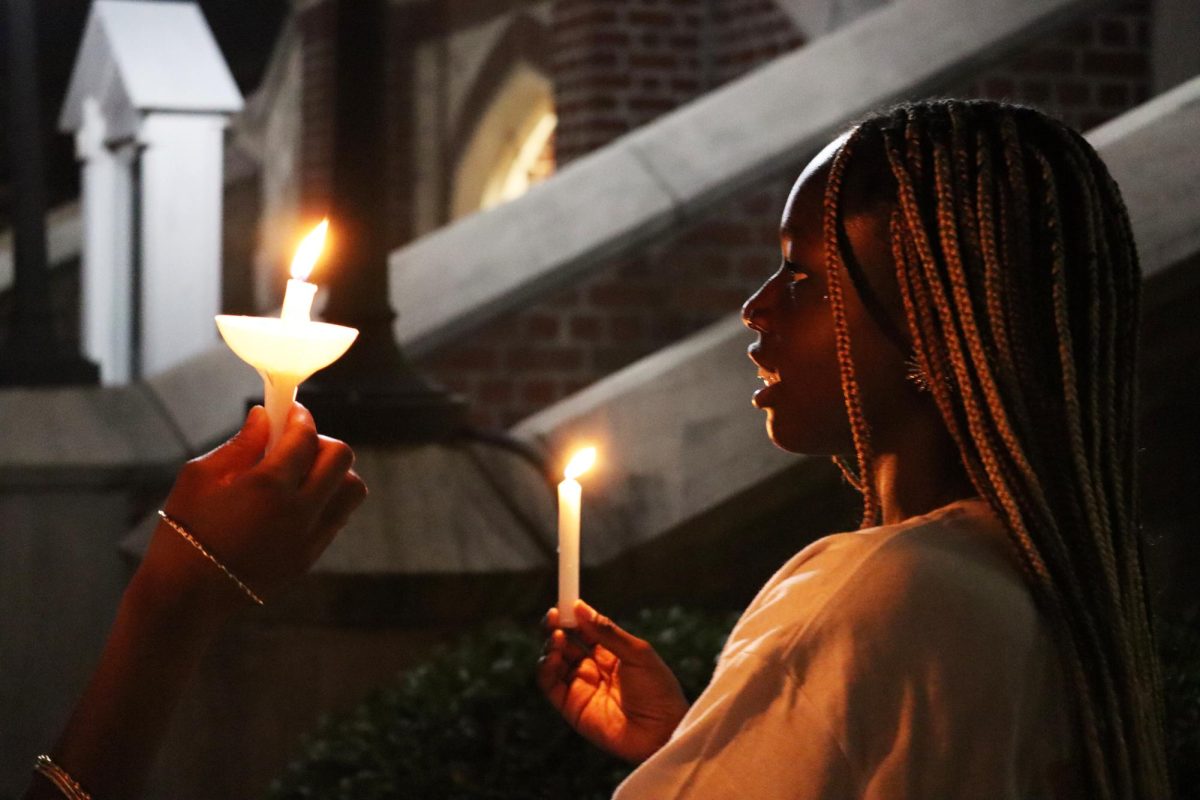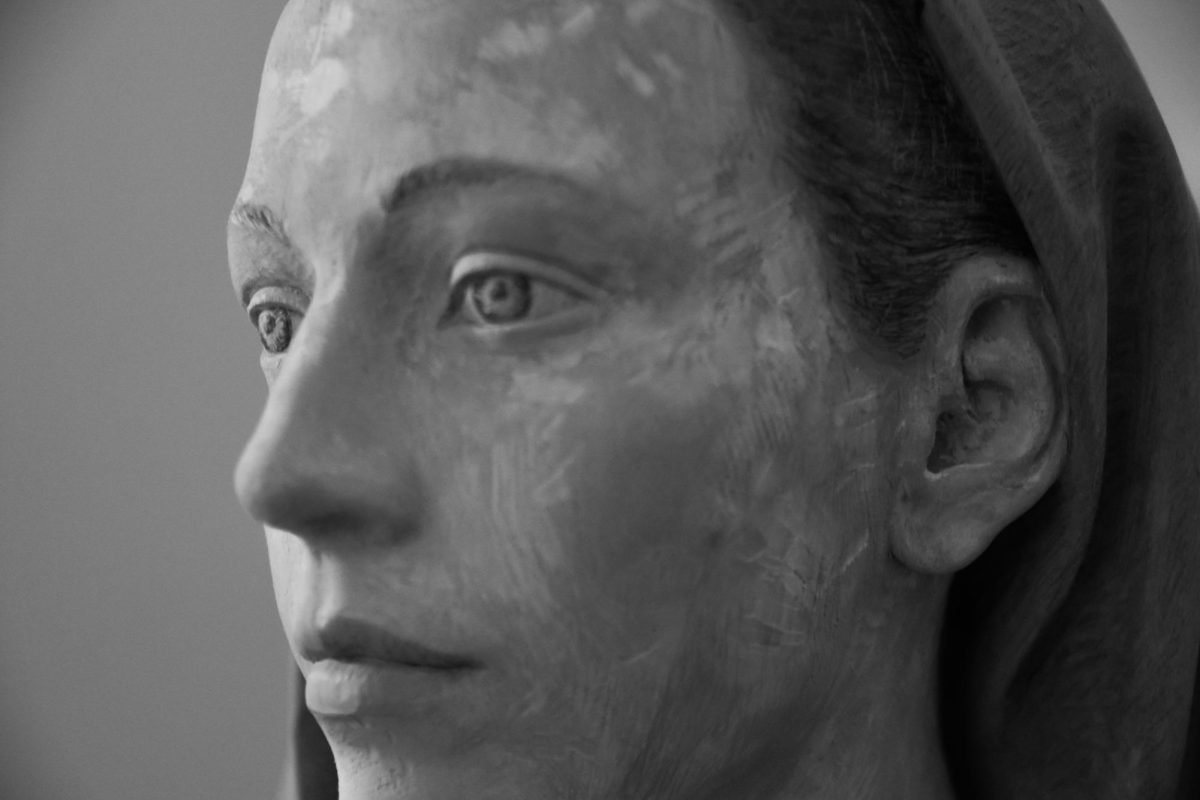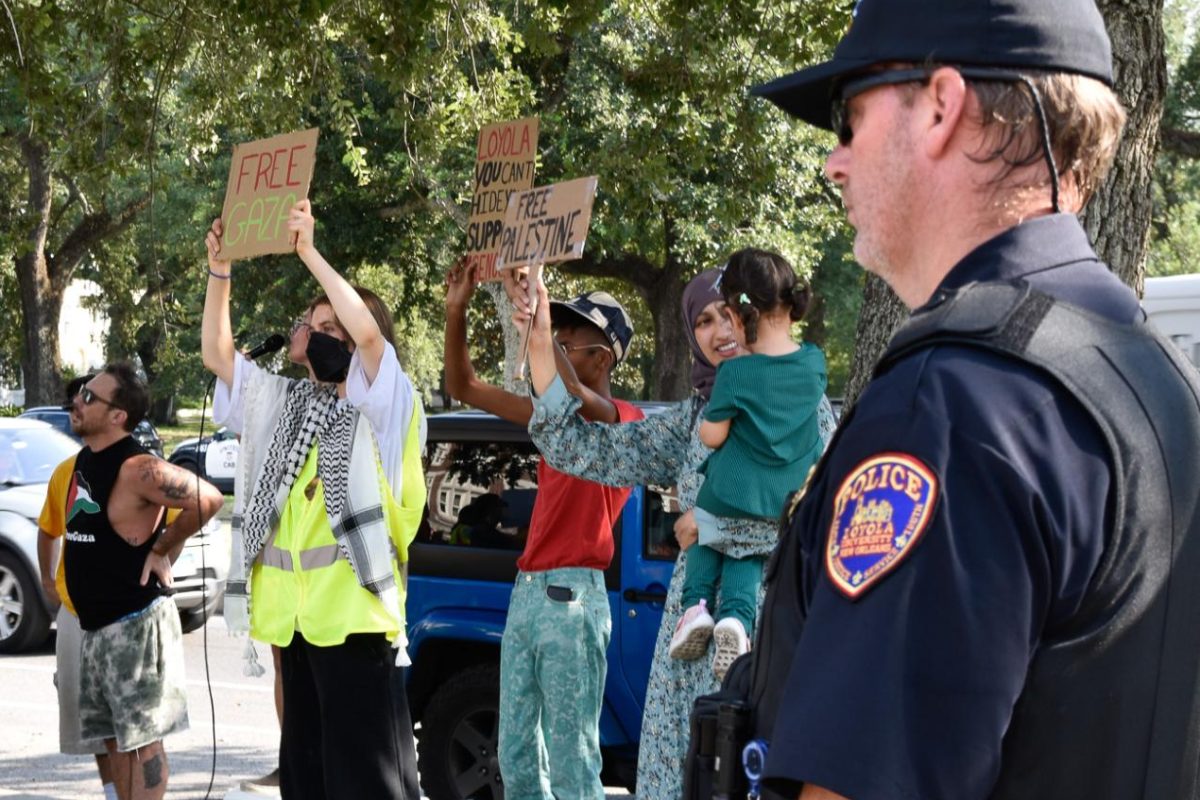Despite this week’s “encouraging” Pew Center on the States report that one out of every 55 Louisiana residents is in jail or prison, and one in every 26 is under correctional control, New Orleanians still often manage to feel unsafe in their own neighborhoods.
It doesn’t take a criminologist to realize how rampant crime is in our city, and even if you keep up with the New Orleans Police Department’s crime maps, you still might not even realize to what extent this is the case.
In compiling The Maroon’s Page 2 Campus Watch crime map, we look to two sources: the reports we receive from University Police, and crime maps provided by the New Orleans Police Department.
University Police does a great and timely job keeping the community apprised of what is going on in the area through BOLO e-mails and other communications.
The NOPD, however, is lacking. They sit on information for weeks before they release it. How can we prevent crime if we don’t even know about it?
According to New Orleans CityBusiness, comparatively, the police departments of Baton Rouge, Jefferson Parish and St. Tammany Parish release crime information within 24 hours of the original report on their Web sites. For the NOPD, this takes two weeks. At least.
A search on March 4 with Loyola as the epicenter of the map yielded the last reported crime within one mile as having happened on Feb. 8 — nearly a month ago. No, there hasn’t been a month-long dry spell in crime, just a dry spell in reporting. This is counter-intuitive for a city with a crime problem such as ours.
Timely information is key to the solving of crimes. It can also prove to be useful in protecting oneself from being victimized if patterns emerge in the crime map. Though the university area can often prove to be a bubble in which many feel safe (and we should feel safe), we cannot forget how dense our city is, and how every crime scene is usually just a short bike ride away.
What good is a crime map, then, if it is merely a look into the past? Looking at the constellations of reported crime on NOPD’s maps is like looking at the constellations in the night sky: at things as they were, not as they are.
The NOPD is not without defense. In the CityBusiness article, they claim that accuracy is more important to them than timeliness. It is for that reason that they conduct a full investigation of the crime before they release it on the crime maps. These investigations can take from two to four weeks, or longer. Striving for accuracy makes sense, but we have a lot of crime, and every second can count.
We commend University Police for providing us a great service through BOLOs, a service that our city is not willing to provide. They have our back. We hope that one day the NOPD will reconsider their stance so we can be knowledgeable of our surroundings in real time. Their policies obviously have not made this a safer city than those cities with more timely access to information.







